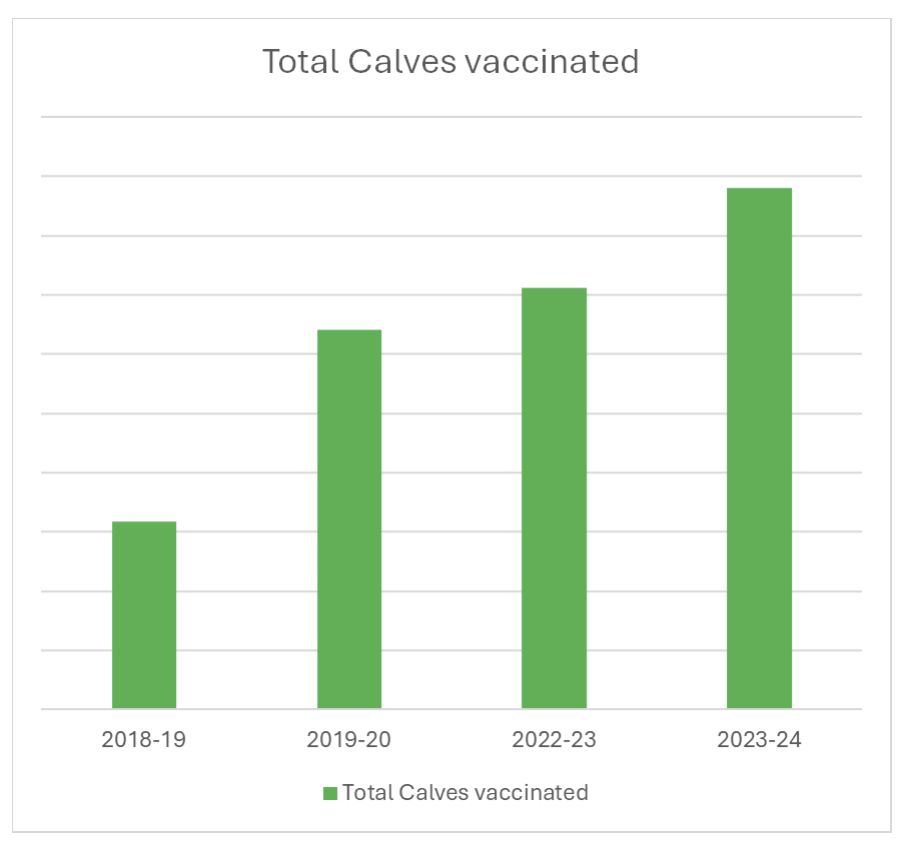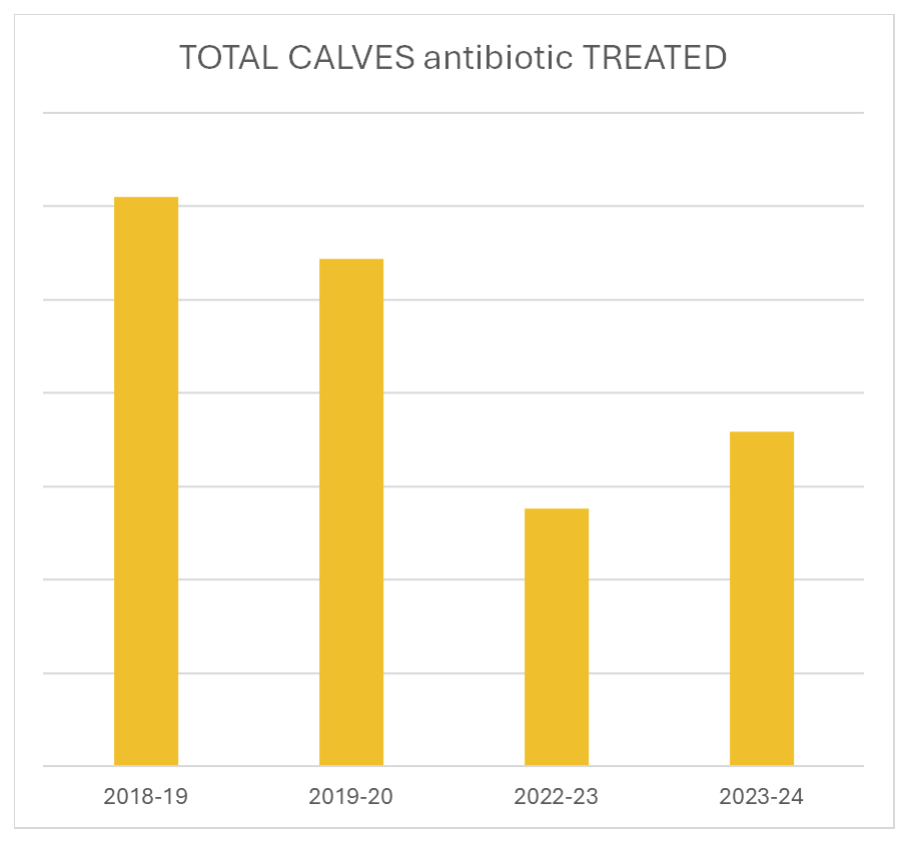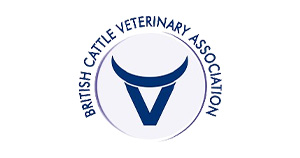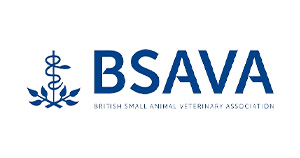Pneumonia Season: Strategies for Prevention and Control
Published: Jan 2025
December to March is traditionally when we see most pneumonia. This is associated with cold, damp weather and higher winter stocking densities in sheds.
A review of practice level antibiotic use has shown that pneumonia has halved over the past five years. This correlates with an increased uptake of pneumonia vaccines. There are marked differences between the amount of pneumonia on Shepton farms. Some farms treat almost all calves while others treat less than 10% of calves. Pneumonia risk will in part reflect the pathogens present on your farm.
We have been doing more blood testing and swabbing noses to identify which are the significant pathogens involved in the pneumonia on that farm. Once we know the pathogens, we can devise a suitable vaccination regime. Efforts to increase immunity through vaccination need to be administered ahead of any challenge. We have had some success vaccinating dams against Mycoplasma to increase colostrum antibody levels, this can help when pneumonia is occurring in very young calves.
We have also looked at other aspects of immunity including nutrition. Weighing calves with a weigh band can be useful to assess growth rates; calves which are growing poorly will be more susceptible to pneumonia.
Our January winter discussion meeting will focus on calf housing including ventilation with David Ball from AHDB sharing his experience. We hope we will see you there to consider how this significant factor can influence calf health.














